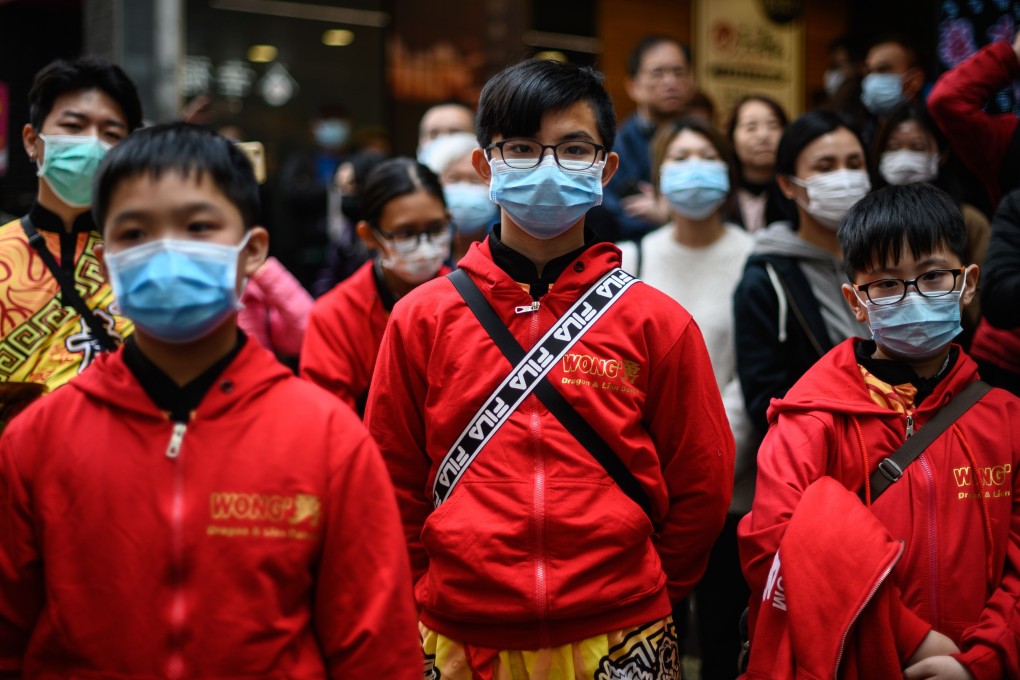Opinion | Where closing borders will fail, good hygiene and personal vigilance will help us check the coronavirus outbreak
- The key is to stop the transmission by as-yet-unidentified infected people to others. And the best way to do that is if all members of the public take the necessary precautions by avoiding close contact with others and practising good hygiene

In 2003, during the severe acute respiratory syndrome crisis, I was still living in the US. In March of that year, based on data on the occurrence of newly reported cases since the first case was identified in Guangdong in December 2002, and taking into account the isolation and quarantine measures then in place, I predicted that the epidemic would end in June, which it actually did. How did I manage to do so?
The key is to focus on the number of newly reported cases. If and when it drops to zero, the epidemic is over. To achieve this goal, two essential things must be done. First, all the identified patients must be isolated and treated. And, second, the potential transmission by the as-yet-unidentified infected patients must be prevented.
When transmission can be effectively stopped, all the remaining unidentified patients will eventually be identified after the incubation period.
Once a new patient is identified and isolated, he or she would no longer be able to transmit the virus. Only the as-yet-unidentified patients could continue to transmit the virus. If transmission can be limited, the number of unidentified patients would decline over time, falling to zero eventually, and the epidemic would be under control.
Preventing transmission by the unidentified patients is extremely important; otherwise, the number of new (and as-yet-unidentified) patients will continue to rise.

